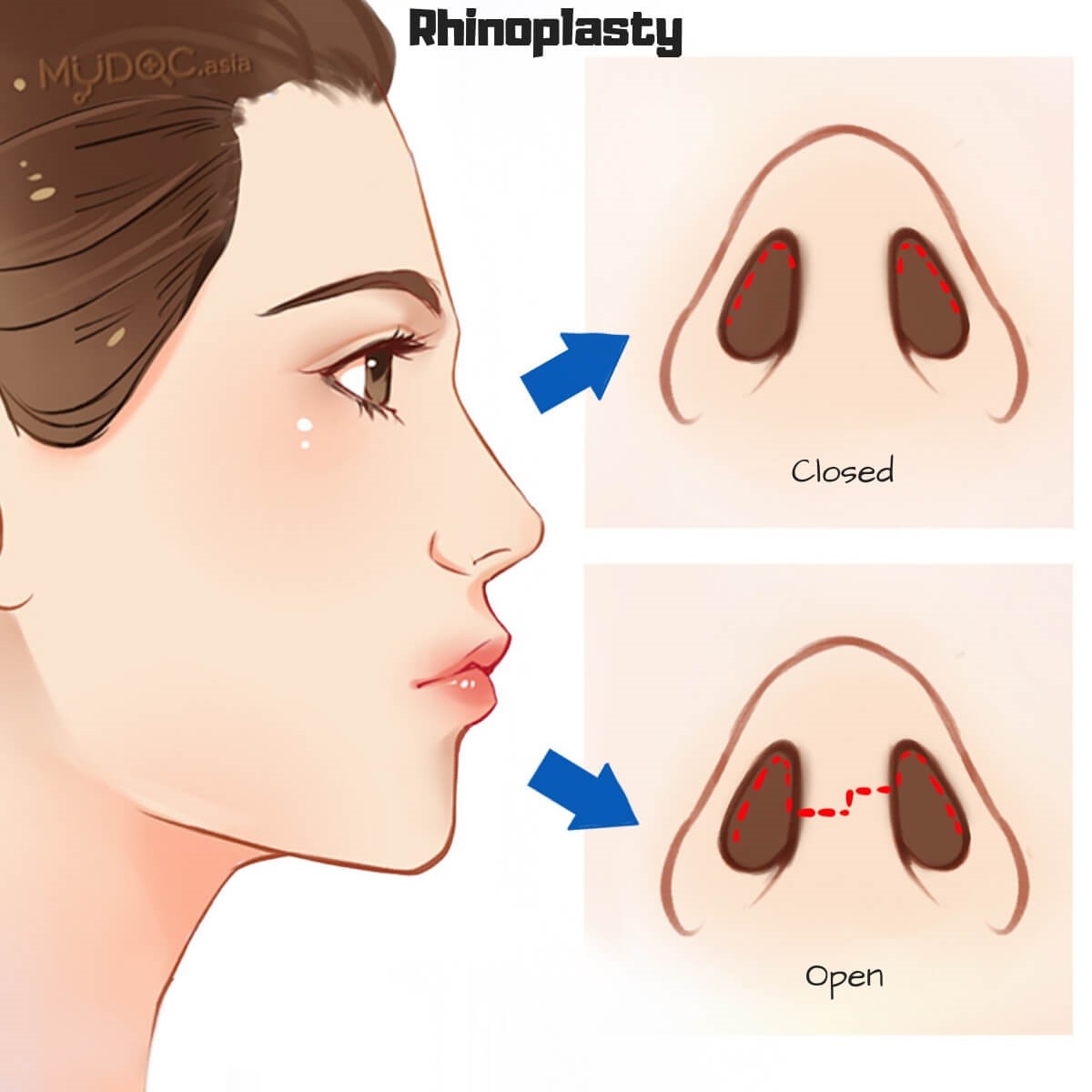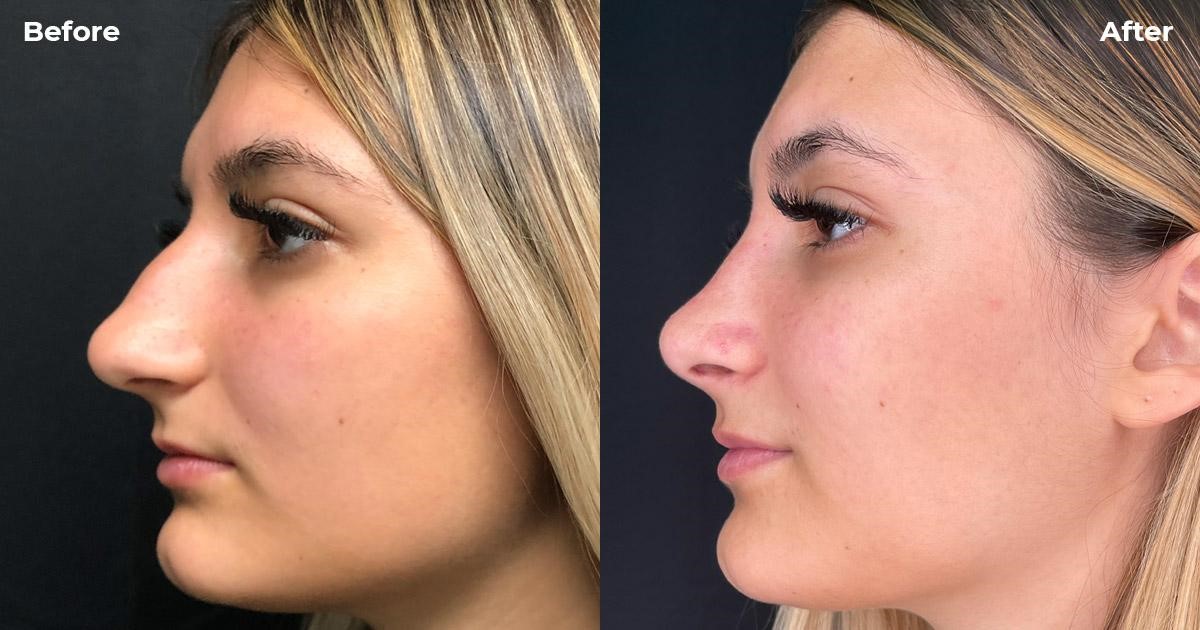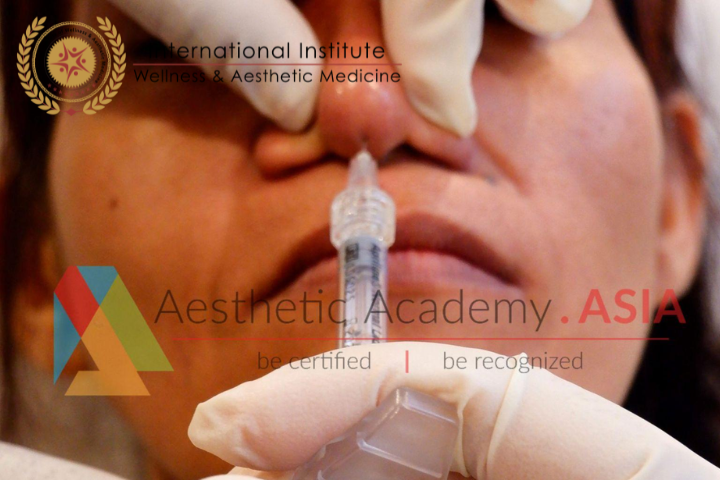Rhinoplasty: What To Expect Before And After The Aesthetic Procedure
In today’s article, Prof Dr Morthy, the Course Director of International Institute of Wellness & Aesthetic Medicine will discuss what to expect before and after the rhinoplasty aesthetic procedure.
About rhinoplasty
The nose is one of the most essential features of the human face. Nose augmentation, also known as rhinoplasty, is a cosmetic procedure that helps reconstruct the nose and improve its overall appearance.
The main aim of rhinoplasty often, is to facilitate better breathing or to shape a misshapen nose for a better aesthetic appeal. The procedure might include the removal of the nasal hump, reshaping the nose tip, reshaping or resizing the nostrils, or increasing or decreasing the nose’s overall size and projection.
Rhinoplasty aesthetic procedure usually takes 2 to 3 hours and is an outpatient procedure. In “closed rhinoplasty,” incisions are made within the nostrils – a technique with limited ability to make changes. In “open rhinoplasty,” an incision is made across the tissue between and within the nostrils. These incisions heal very well and are barely visible.
Liquid rhinoplasty, or nonsurgical rhinoplasty, is a series of office-based procedures done while the patient is awake. Injectable hyaluronic acid fillers are used to alter the nose's shape and size without invasive surgery.

Areas targeted during rhinoplasty
According to expert aesthetic practitioners, nose rhinoplasty can help with the following concerns-
-
If the nose is not the right size or proportion for their face (either a nose that is too large or too small)
-
A bump on the bridge of the nose
-
When the nose seems too broad for their face
-
Has an issue with the tip of the nose, including a bulbous, protruding, drooping, or over-sized nasal tip
-
Has nostrils that are either flared or pinched
-
Is crooked or asymmetrical
Recovery after rhinoplasty
Following the cosmetic procedure, most patients experience mild to moderate discomfort that can be controlled with medication, and few do’s and don’ts for a better outcome.
Do’s:
-
The patient should give themselves a good cushion of time away from work or school to recover. However, they should be able to return to normal activities within three weeks.
-
The patient should take any pain medication and antihistamine as prescribed by the doctor. However, it is recommended to switch from pain meds to Tylenol as soon as possible, as they can cause constipation.
-
The patient should keep their head elevated as much as possible after the cosmetic medical procedure. Sleeping with two pillows at night is highly recommended, as the elevation of the head will help bring down the swelling.
-
The patient should follow their doctor`s directive to stop taking aspirin, Advil, or other similar medication for at least two weeks before and after the cosmetic medical procedure. Discontinuing these medications or any medication that can thin the blood is imperative and can prevent excessive bleeding.
-
The patient should ensure the wounds are kept dry, as getting the nose wet could prolong the overall recovery period.
Don’ts:
-
The patient is advised to avoid any kind of heavy exercise, like lifting heavy objects or activities like heavy housework that would overexert the body. Any activity with the word ‘heavy’ attached to it is strictly forbidden immediately after the cosmetic medical procedure.
-
The patient is advised not to put anything in the nose. A saltwater nasal spray can help prevent crusting after the cosmetic medical procedure.
-
The patient is advised not to blow their nose or sneeze for a couple of weeks. If they have to sneeze, expel it through the mouth, not the nose.
-
The patient is advised to avoid crowded places as an accidental bump to the nose can move the nasal bone out of place and may require a revision rhinoplasty.

About IIWAM training in rhinoplasty
It is prudent that all Aesthetic practitioners undergo proper training in Aesthetic Medicine. The practitioner must balance between benefits & risks of the Aesthetic procedure and steps to mitigate complications if it occurs. At IIWAM, we call it understanding the procedure, the product, and the patient. Our trainers pay utmost attention to teaching the following subjects of rhinoplasty under our best Best Cosmetology Courses.
-
What are the principles of rhinoplasty?
-
What are rhinoplasty-related complications?
-
How to avoid rhinoplasty-related complications?
-
How to treat rhinoplasty-related complications?
Apply for the best online aesthetic courses from IIWAM today.
About IIWAM Aesthetic Education
International Institute of Wellness & Aesthetic Medicine (https://www.iiwam.ac/education) is a private teaching institution that provides International Aesthetic Medical Certification programs for Doctors, Dentists, Nurses, Aestheticians, and Spa Owners. Prof Dr Morthy, the course director for the Institute, is a key opinion leader for Aesthetic Medicine in the region, and a trainer for several teaching institutions.
The International Institute of Wellness & Aesthetic Medicine (IIWAM) has academic affiliations with several countries, including Malaysia, Korea, Thailand, Philippines, Myanmar, Cambodia, India and Indonesia. With our insignia of “Be Certified & Be Recognized”, the Institute develops knowledgeable, skilled, and confident aesthetic practitioners of international repute.
IIWAM is the only Institute to have its Programs certified by City & Guilds of London, CPD Standards Office (UK) and European International University (Paris). IIWAM is also a registered CPD Training provider for Malaysian Medical Association.
IIWAM also offers Cosmetic Procedures and Stem Cell treatment at IIWAM Wellness Centre (https://www.iiwam.ac/wellness) that are safe, effective, and affordable.

